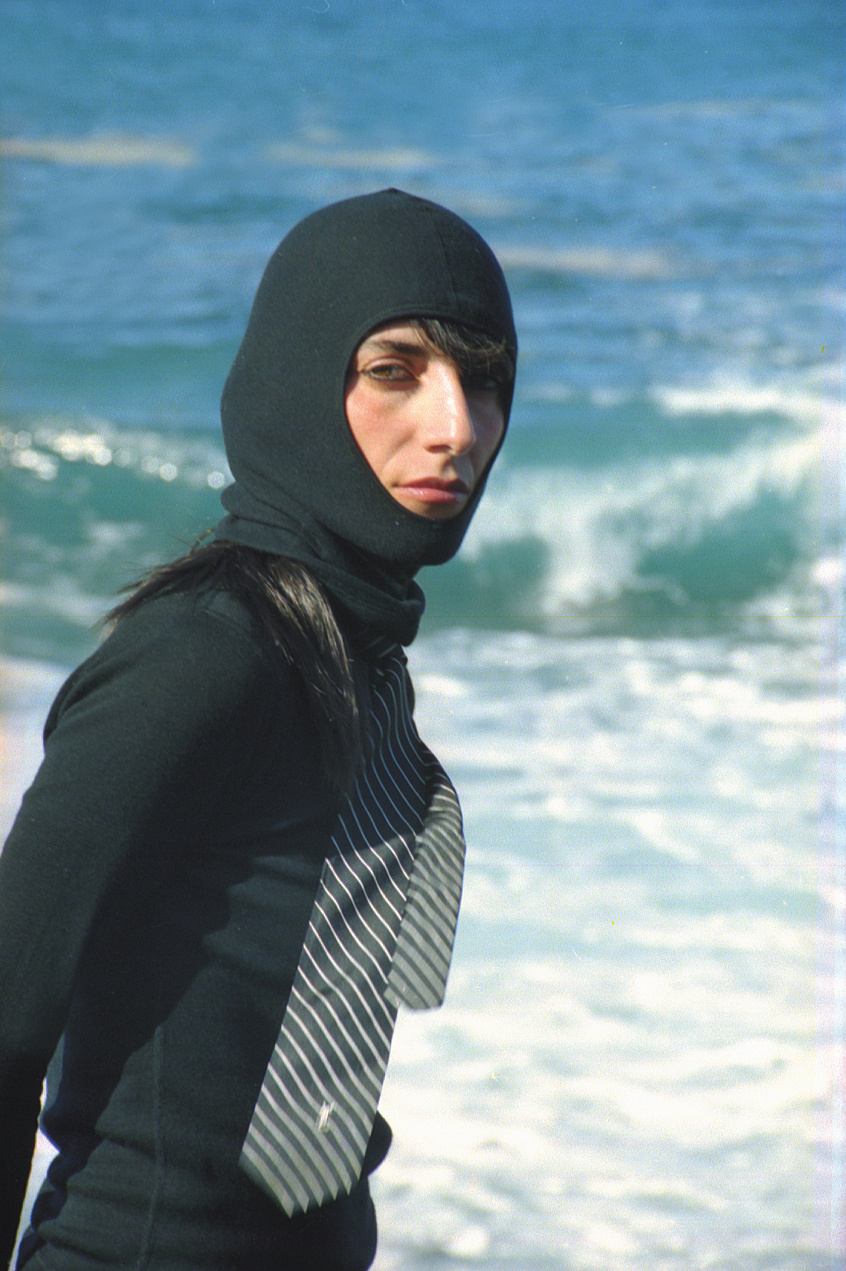In her short story “The Iron Table” (1943), Jane Bowles describes a couple who are discussing whether or not the woman would be happy living in the desert, where the man wants to be. They seem to be sitting at an iron table that Bowles briefly mentions, near a “string stretched between stakes [that] separated the hotel grounds from the sidewalk.” Next to a “half-empty” flower bed, the eponymous table is not only the playing field of their indecisive, manipulative conversation, but a marker for what the woman calls “civilization.” The story reshuffles the binary of here versus there, over and over, until not only “civilization” and “the desert” but the character’s fantasies and desires are practically spaces themselves.
This evocative scene, in which an object provides a field for dialogue but also Bowles’s intertwining of the personal, the emancipatory, and the political in her own life, inspired one of the first works by Nairy Baghramian. Taking Bowles’s title to pay homage to its conceptual inspiration, the original version of Baghramian’s sculpture The Iron Table (2002), exhibited in Kassel for documenta 14, consists of an abstract ensemble of distinct forms, shapes, and materials redolent at more than one step removed of elements from the story. The string hung with triangular flags appears but from a mast, giving the work the look of a sailboat that has perhaps run aground on the gallery floor. Painted wood forms designate a dream of waves, sand scattered around their base; a pitched, reflective table supports two cones encircled by spiky cylinders. Pertinent too to this work is Bowles’s articulation of the chasms that open up between progressive models in art and writing that might not translate into realities, regardless of which points of the compass one might feel magnetized.
Functioning somewhat like the artist Aleksandra Ekster’s geometric and vividly colored shapes, which might be interpreted as creating a consciousness of interrelated, simultaneous but distant states of being, Baghramian’s arrangement alludes to the possibilities of color and form serving as a portal between worlds. For Ekster and others, such escapist possibilities justified their formal experimentation; for Baghramian, a German artist born in Iran in 1971, one senses a détournement of such strategies. Instead of promising escape, The Drawing Table (2017) shown in Athens, the artist’s recent revisiting and reinterpretation of her earlier work, meditates on the overlapping and contingent nature of the world.
—Rachel Haidu



